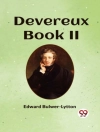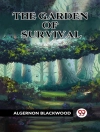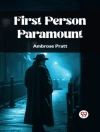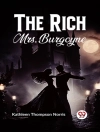In ‘The Misses Mallett (The Bridge Dividing)’ by E. H. Young, readers are transported to a small English village in the early 20th century, where the lives of the Mallett sisters are intricately intertwined with the social dynamics of the time. Young’s writing style is characterized by its rich descriptions and insightful character portrayals, inviting readers to immerse themselves in the daily lives and struggles of the Mallett family. The novel is a poignant exploration of family relationships, societal expectations, and the complexities of human emotions, all set against the backdrop of a changing world. Young’s meticulous attention to detail and subtle narrative shifts make ‘The Misses Mallett’ a captivating read for fans of classic English literature. E. H. Young drew from her own experiences growing up in a rural English village to craft this novel, infusing it with authenticity and depth. Her keen observation of human behavior and keen psychological insight are evident throughout the book, adding layers of complexity to the characters and their interactions. I highly recommend ‘The Misses Mallett (The Bridge Dividing)’ to readers who appreciate thought-provoking narratives and lyrical prose that offer a glimpse into the past with timeless themes.
लेखक के बारे में
E. H. Young, born Emily Hilda Young in 1880, was a prolific English novelist noted for her acute characterizations and portrayals of middle-class life. Young’s literary career unfurled in the early 20th century, a period that saw her navigate the complexities of human relationships and societal norms through a feminist lens. Her writing is marked by its nuanced depiction of women’s experiences, often challenging the prescribed roles of the time. ‘The Misses Mallett’ also known as ‘The Bridge Dividing’ is one of her most esteemed works, where she deftly explores the lives of three unmarried sisters, drawing readers into a deep contemplation of family dynamics and individual aspirations. Young’s narrative style is characterized by its subtlety, eschewing melodrama for the more subdued undercurrents of emotion and social commentary. Throughout her 11 novels, Young’s work remained consistently thoughtful and compelling, securing her place as a distinguished voice among early 20th-century British authors. After her passing in 1949, E. H. Young left behind a legacy of literary works that continue to resonate for their vivid portraits of personal triumphs and tribulations within the framework of ordinary life.












